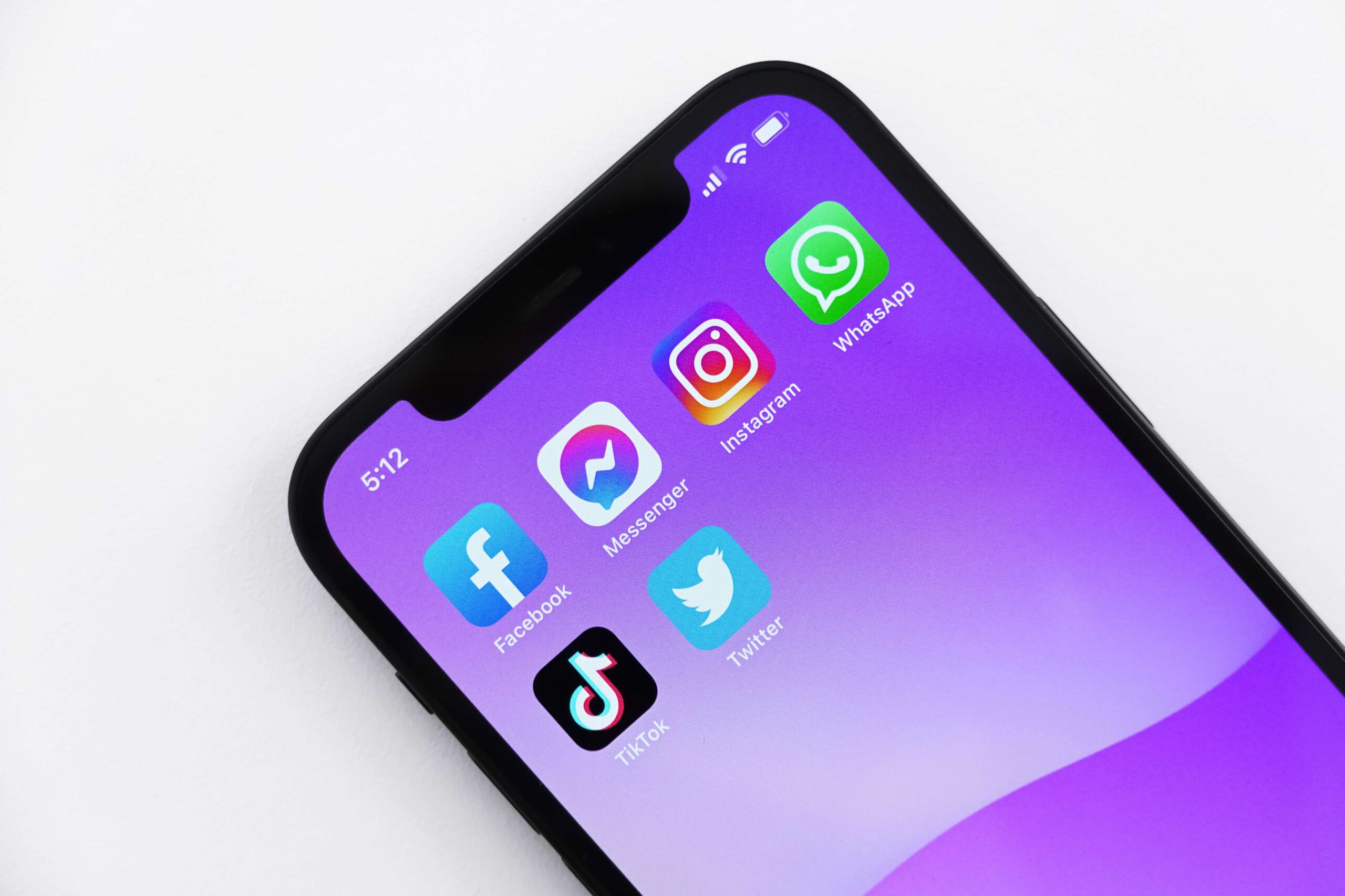If you’ve been in Facebook Ads Manager lately, you’ve likely seen angry red messages glowing on your dashboard: Verify your domain! Change your conversion events! Check your pixel! The recent iOS14 update, which was released on April 26, 2021, has affected most elements of paid digital advertising. The good news? More than half of our clients have seen stable performance since the update, and we’ve been able to mitigate any issues with a change in placement, budget or goal. We wanted to share what we’ve noticed and the changes we’ve made. We’ll continue updating this blog as we gather more information on what works, what doesn’t and where to best make changes, too!
Update: We have written a blog post on what is first-party data and how to use it. Read more about it here.
Changes in Ads since the iOS14 Update
- Increased Cost Per Impression: the biggest impact of the iOS14 update has been an increase in CPMs (cost per impression), which has driven up costs and as a result reduced conversion volume. We’ve therefore had to shift budgets and placements as a result.
- Fluctuations in Campaign Performance: some campaigns needed to optimize again to address the decrease in reported conversions.
- Smaller Targeting Audience Pools, including Retargeting and Custom Audience Sizes: users may select privacy options that may disable cookies that hinder your ability to retarget or target them in a custom audience. This also can impact the amount of demographic and device-level data that can be used for targeting.
- Reduced Conversion Data: we have seen the number and accuracy of conversion data fall due to the opt-in nature of tracking. While we can cross-reference conversion data with another tool where relevant, such as Google Analytics or Shopify, this not only affects our ability to make decisions based on the data we see in Facebook, but changes how the algorithm optimizes budget and targeting.
How to Address the iOS14 Update
To make sure your ads are as efficient and effective as possible, we recommend the following:
- Audit your data tracking solutions and ensure you have a backup plan, be it Google Analytics or some other conversion tracking tool.
- Install the Facebook Conversions API, an integration in which advertisers can send site event data directly to Facebook.
- If you are an app developer, ensure that when you submit your app to the app store, it contains an App Tracking Transparency (ATT) prompt. Consider customizing the ATT prompt to find the most relevant messaging for your audience.
- Update your SDKs to the latest version.
- Consider expanding your digital marketing tactics including email, push notifications, in-app messages, and text.
- Consider a first-party data strategy so you have more robust user data- we’ll write more on this in the coming weeks!

If you’re not seeing any effects yet, that doesn’t mean you won’t. Not all iOS users have updated to 14.5 yet, and of course not everyone has opted out of being tracked. That doesn’t mean they won’t, though. We also have no idea what Apple has in store when it comes to advertising and user privacy, but we are seeing more frequent automatic updates which means more consumers may make these changes in the future. So, the bottom line: set aside some internal resources to make sure that you have done an audit to face the iOS14 changes head on! Whether you hire an agency, freelancer or do it yourself, you’ll save money, time and hopefully stop seeing those angry red boxes in Ads Manager.
Need support on iOS14 changes? Get in touch with CFD here.


